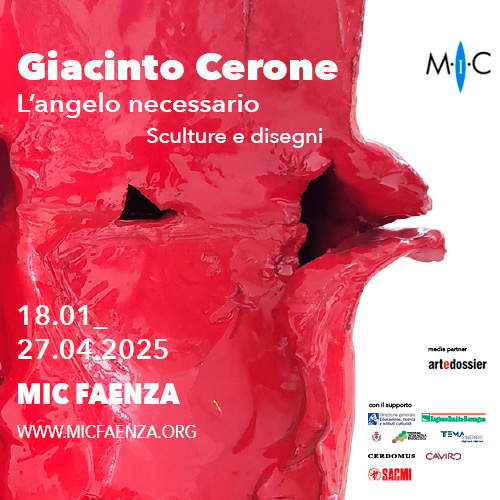Etruscan settlement discovered in Corsica, less than a km from the sea
Important archaeological discovery in Corsica, in the municipality of Ghisonaccia (department of Upper Corsica, along the island’s east coast. As part of the project for the construction of a single-family house, on the recommendation of the Regional Archaeological Service (Drac), a preventive excavation was carried out from mid-October until the beginning of December 2023 on an area of 605 square meters, which led to the discovery of an Etruscan settlement from the 6th-4th centuries BC, located less than a kilometer from the shores of the Tyrrhenian Sea. The area covered by the excavation is located 3.5 km east of the settlement of Ghisonaccia, in the Chiusevia locality, in the center of the eastern plain of Corsica bordered on the east by the Tyrrhenian Sea and on the west by the foothills of the Hercynian chain. The site discovered at Chiusevia is located about twenty meters north of a bend in the Alzetta stream and about 800 m from the sea.
This is an important discovery because it is significant evidence of the presence of the Etruscans on Corsican territory. The land where the settlement was found corresponds to an alluvial terrace that is characterized by a slight 3% slope from north to south towards the Alzetta stream. To the north, on a flat natural area, a building was found built on foundations made of pebbles. Its development is preceded by anthropogenic land leveling. The masonry masonry foundations of the building exhibit the same construction principles. They consist of pebbles of variable modulus, bound by a dark brown silty sediment, deposited within a foundation pit with flared walls. They are irregularly arranged, spread over a maximum of three courses, and vary in width between 0.60 and 1 meter. Around the edges of the pebble constructions, several holes intended to accommodate wooden piles were identified. Their stratigraphic location and placement suggest that they might be structuring elements of the building’s elevations and roof made of perishable materials. Remains of cob, charcoal, and, most importantly, several hundred pottery sherds were found inside the building, testifying to its frequentation.
A hearth was also set up in the heart of the building. A large pit, dug into the occupation level of the building, instead housed waste from the use of the hearth. Near the building, some 20 meters away, a large ditch, 15 meters long and 1.70 meters wide, was identified. Placed near the Alzetta stream, it probably served to supply water to the settlement.
Important data could be gleaned from the study of pottery sherds. In total, the total weight of what was recovered is 43.3 kg. The fragmentation rate is very high, and from initial analysis it is understood that the main ceramic vessel forms identified are closed forms with flared or recessed edges, and with thick, coarse walls. These are common Etruscan pottery and storage vessels. No traces of burns or charred residue were observed against the walls, nor were any fragments of bottoms present in the body, ruling out the use of the vessels for firing. The homogeneous corpus is characterized in particular by the absence of local ceramic modeling but also by the absence of fine Etruscan (bucchero, painted pottery, red-figure pottery, etc.) or Hellenistic productions. In any case, all typological elements, compositions of ceramic bodies and other highlighted features tend to indicate an occupation of the site in a still broad chronological period, placed, as anticipated between the 6th and 4th centuries BC. Further studies will undoubtedly make it possible to derive interesting perspectives for the interpretation and understanding of this site and the positioning of the island within the exchange circuits of the Mediterranean area.





 |
| Etruscan settlement discovered in Corsica, less than a km from the sea |
Warning: the translation into English of the original Italian article was created using automatic tools. We undertake to review all articles, but we do not guarantee the total absence of inaccuracies in the translation due to the program. You can find the original by clicking on the ITA button. If you find any mistake,please contact us.





























